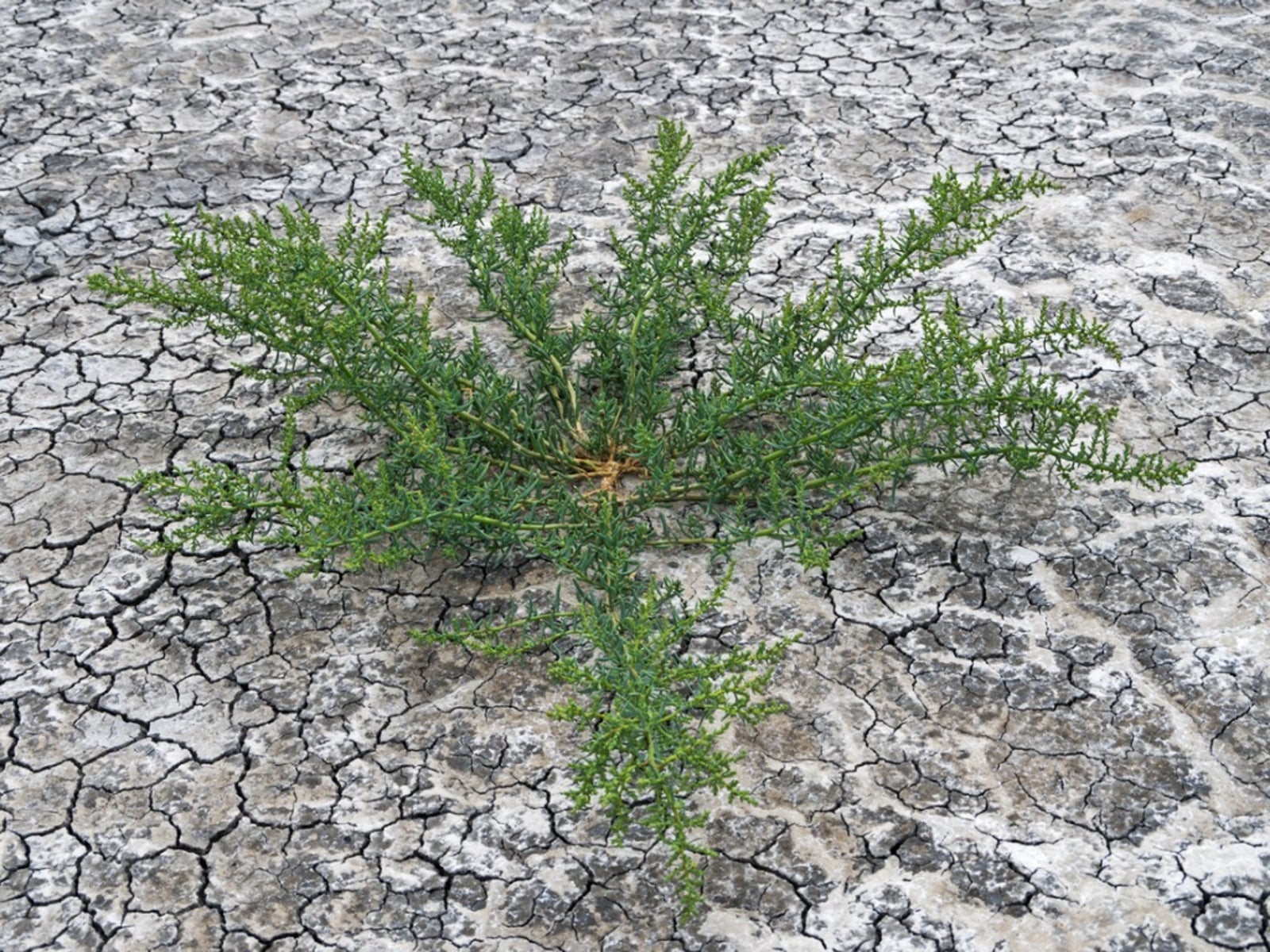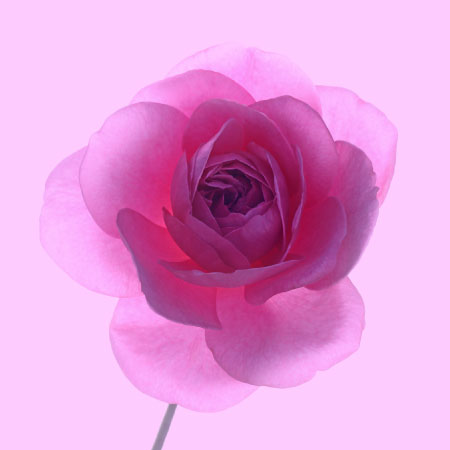Salt In Soil - Reversing Soil Salinity


The effects of salinity in soil can make it hard to garden. Salt in the soil is harmful to plants, which leaves many gardeners affected by this problem wondering how to get rid of salt in the soil. Are there steps to reversing soil salinity?
How to Get Rid of Salt in the Soil
Unfortunately, there are no soil amendments that one can add to our gardens to get rid of high concentrations of soil salts (aka: soil salinity) and few chemical additives. The surefire way for soil salt reduction in the garden is through good drainage that will allow salts to be washed out of the soil. While adding certain amendments to the soil will not by itself reduce or clear up soil salinity problems, amendments can help with the soil's drainage and in turn, leads to helping in reversing soil salinity. Using chemical treatments has shown a lot of promise for how to get rid of salt in the soil but really is not a substitute for good drainage. In clay soils, there are many opportunities for high-salt soil pockets to form. Amending clay soils, along with some landscaping put down in a uniform manner, will help the much-needed soil drainage that will help wash away salt in the soil.
Steps for Soil Salt Reduction
The first step for reversing soil salinity is to improve your drainage, so find out which way the water flows through your garden or where it drains to. If your garden area is pretty flat, you'll need to add amended soil to the area and create a slope with the soil to provide good drainage. If you have some slope to your garden but the soil doesn't drain well, then amending of the soil with things like an organic material will help create better drainage throughout the garden area. That drainage still must go somewhere, thus installing perforated piping that runs in a trench sloped away from the garden area is a good way to take drainage water away. The trench must be deep enough to take the drainage water away that has come through the root zone area of your plants. It is recommended to add some pea-sized gravel up to ¾ inch (2 cm.) size to the trench. The gravel will act as the bedding for the perforated piping that is then laid into the trench. Place some landscape fabric over the entire drainage trench where the perforated piping has been installed. The landscaping fabric helps keep fine soil out of the piping below it that would eventually clog the pipe. Fill in the trench area with the soil that was taken out to make the trench. The downhill end of the trench is usually open to daylight and drains to an area such as a lawn and upon your own property. Neighbors tend to frown on drainage from another person's property being directed onto their property! The establishment of good drainage throughout the garden area with an outlet point, as well as the use of good water, should in time get the root zone area of your garden lower in salts. The plants that live there should perform far better than they had been because they no longer have to deal with the effects of salinity in the soil. One last item of note is the good water I just mentioned above. Using water from a well on your property, water softener, or the irrigation runoff water from local fields can do a lot to add salts to the soil. If your well water is used for drinking, then it should be just fine to use in your garden areas. Some wells have a lot of salt in their water which usually is not a big problem in good draining soil but can really add to a problem in areas with minimal drainage. Irrigated farmland runoff water can be loaded with soil salt that it has picked up along the way of flowing through the various ditches and fields. Thus, if you have soil salinity issues already, be very careful of what water you use to water your gardens and rose beds.
Gardening tips, videos, info and more delivered right to your inbox!
Sign up for the Gardening Know How newsletter today and receive a free copy of our e-book "How to Grow Delicious Tomatoes".

Stan V. Griep contributed to Gardening Know How for many years, and has been a Colorado Native Rosarian for over four decades. He is an American Rose Society Certified Consulting Master Rosarian in the Rocky Mountain District, and a member of the Denver Rose Society, the Loveland Rose Society, and the American Rose Society. He is Gardening Know How's in-house expert on all things roses.